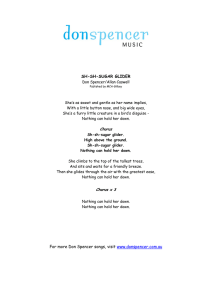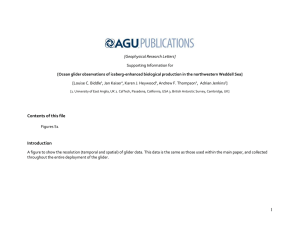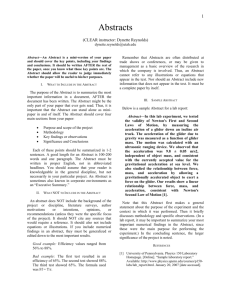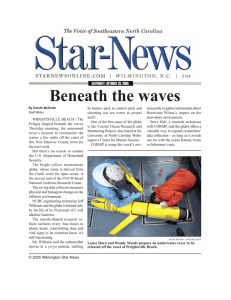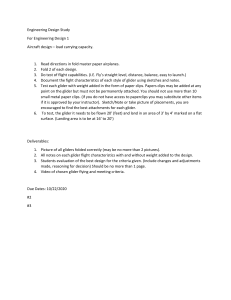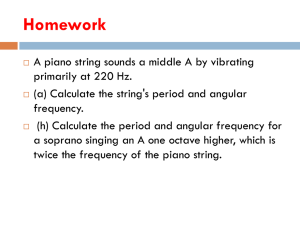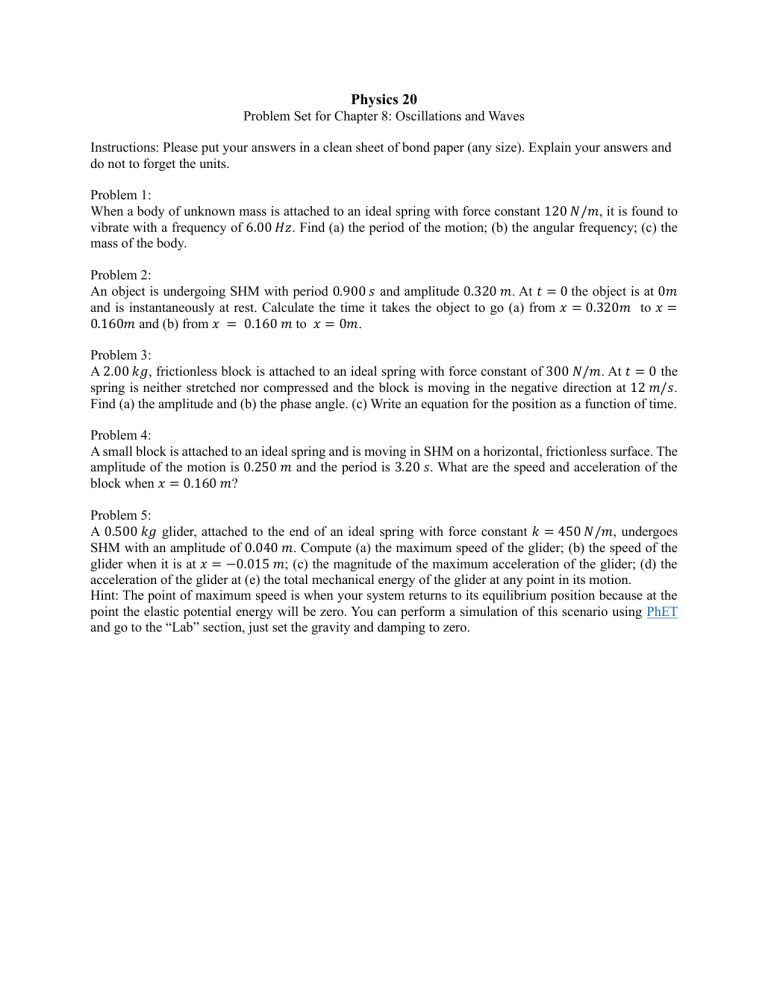
Physics 20 Problem Set for Chapter 8: Oscillations and Waves Instructions: Please put your answers in a clean sheet of bond paper (any size). Explain your answers and do not to forget the units. Problem 1: When a body of unknown mass is attached to an ideal spring with force constant 120 𝑁/𝑚, it is found to vibrate with a frequency of 6.00 𝐻𝑧. Find (a) the period of the motion; (b) the angular frequency; (c) the mass of the body. Problem 2: An object is undergoing SHM with period 0.900 𝑠 and amplitude 0.320 𝑚. At 𝑡 = 0 the object is at 0𝑚 and is instantaneously at rest. Calculate the time it takes the object to go (a) from 𝑥 = 0.320𝑚 to 𝑥 = 0.160𝑚 and (b) from 𝑥 = 0.160 𝑚 to 𝑥 = 0𝑚. Problem 3: A 2.00 𝑘𝑔, frictionless block is attached to an ideal spring with force constant of 300 𝑁/𝑚. At 𝑡 = 0 the spring is neither stretched nor compressed and the block is moving in the negative direction at 12 𝑚/𝑠. Find (a) the amplitude and (b) the phase angle. (c) Write an equation for the position as a function of time. Problem 4: A small block is attached to an ideal spring and is moving in SHM on a horizontal, frictionless surface. The amplitude of the motion is 0.250 𝑚 and the period is 3.20 𝑠. What are the speed and acceleration of the block when 𝑥 = 0.160 𝑚? Problem 5: A 0.500 𝑘𝑔 glider, attached to the end of an ideal spring with force constant 𝑘 = 450 𝑁/𝑚, undergoes SHM with an amplitude of 0.040 𝑚. Compute (a) the maximum speed of the glider; (b) the speed of the glider when it is at 𝑥 = −0.015 𝑚; (c) the magnitude of the maximum acceleration of the glider; (d) the acceleration of the glider at (e) the total mechanical energy of the glider at any point in its motion. Hint: The point of maximum speed is when your system returns to its equilibrium position because at the point the elastic potential energy will be zero. You can perform a simulation of this scenario using PhET and go to the “Lab” section, just set the gravity and damping to zero.
